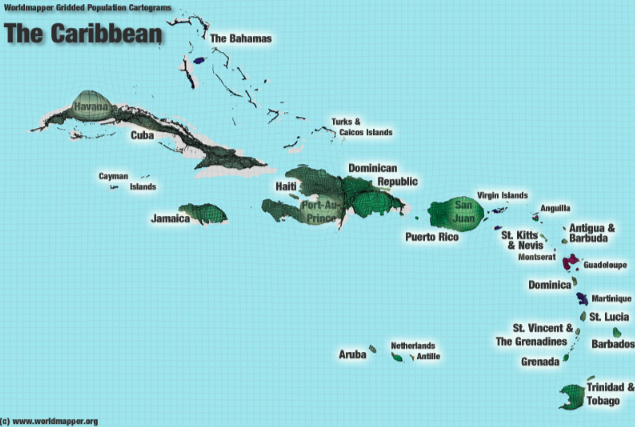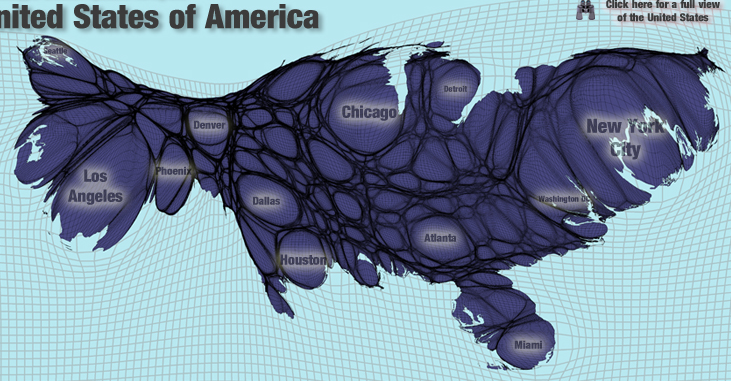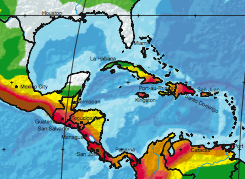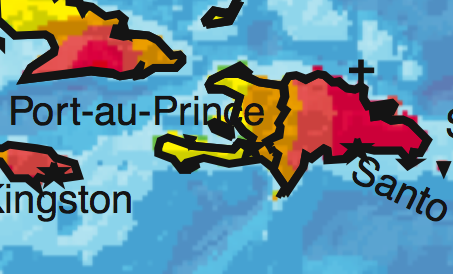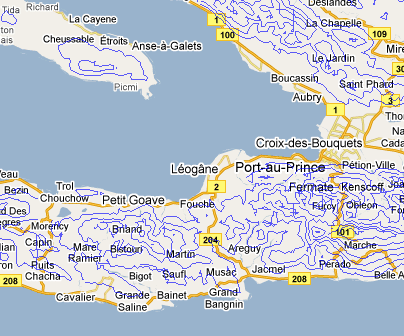I always assume there was a catastrophe. Something happened.
A hurricane leveled the forest. A fire leveled the city due to lack of water. There was a riot. An economic bubble swept over the landscape. The troops came home and a swarm of babies appeared.
The system you are gazing at, which seems a given and maybe slightly odd, is the result. I learned this rule from “Reading the Forested Landscape,” if you stand in the forest and all the trees are about the same size it tells you when the catastrophe happened. That works just as well for housing developments. If you take the rule seriously then one of your first questions is always: what were the catastrophes?
You can turn this rule around. Pick your favorite catastrophe and ask how it changes a range of systems. Catastrophe: Moore’s law, modern managerial practice, the great depression and war? System: healthcare, civil rights, work?
I was reminded of all this reading an interesting book about the work week, e.g. how long. I read this book some time ago, so my memory maybe fuzzy. But broadly starting with the industrial revolution and ending with the great depression there was a broad movement and consensus that the number of hours a person should work each week was and should be declining.
The rational for that trend varied and evolved. One argument was that democracy demands a contribution from it’s citizens and if they were working all the time they could hardly make that contribution. Civic duty competing with the employee’s duty to his employer. Interestingly I don’t recall a religous duty argument being mentioned. Another argument was about productivity, e.g. that 12 hours work day didn’t actually deliver much more output than an eight hour day. I gather the data on that is compelling. There was a economic argument that citizens needed more time off so they could consume more. And others.
The number of hours worked stopped declining during the great depression and have slowly and steadily risen since then. Apparently that catastrophe changed the framing. Suddenly people were horrified that the world economy appeared structurally incapable of employing most of the labor. One reaction to this was that work should be treated as a scarce good with tight regulations to assure it was distributed equitably. In that framing number of hours worked have an entirely new rational.
The Congress passed 30 hour work week laws twice during the depression. Both times the President was convinced by industry to veto the new law. Both times industry assured him that the depression as almost over, so not to worry. Both times they were too optomistic.
So that’s an interesting example of how a catastrophe helps to explains a system.
But he tells a story my thoughts keep returning to.
Apparently, to hear him tell it, the depression caused a huge shift in the way that Science perceived and explained it’s role in society. Before getting into that it might be fun to pause and think: “what is Science’s role in society?” When I was a kid I recall two common answers: to explain how the world works (often v.s. religion), and the arms race. But then, pretty much everything’s purpose was the arms race.
Before the depression scientists would appear at the government’s door and explain why they should receive funding. The argument was largely that they were making the world a better place by relieving man of his labors and improving the efficiency of industry. But then, 60% of the planet’s labor was out of work and the scientists woke up to discover that they were getting a share of the blame. So they were like “Oh! No! … ah … That’s not we meant! (Could you put down that pitch fork please?) Science? Why Science’s social purpose is … ah … ah … new frontiers! Yeah, that’s it! We discover new frontiers; and each of these creates jobs! Why just look at radio and air conditioning! Lots of job, right?”
Of course Science is not the only institution who’s entire purpose was remade by the Great Depression and it’s spouse the Great War. Government’s was too.
 I gather that my mother in law once bought a case of dog food only to have the dog die. We recently bought a big bag of bird seed and now the birds have disappeared.
I gather that my mother in law once bought a case of dog food only to have the dog die. We recently bought a big bag of bird seed and now the birds have disappeared.